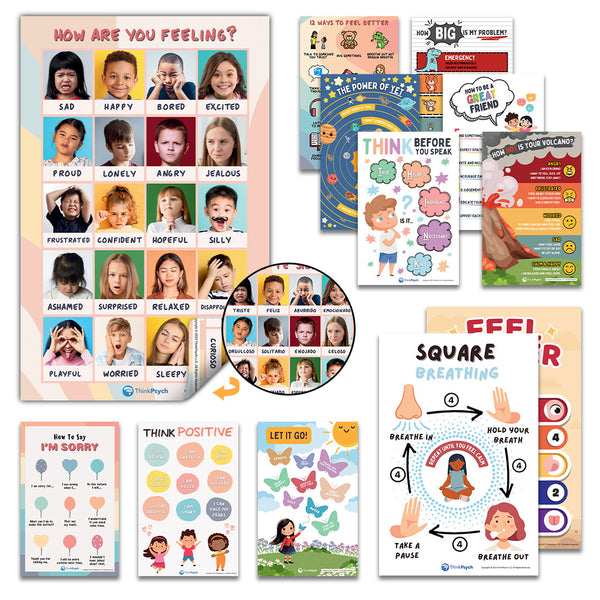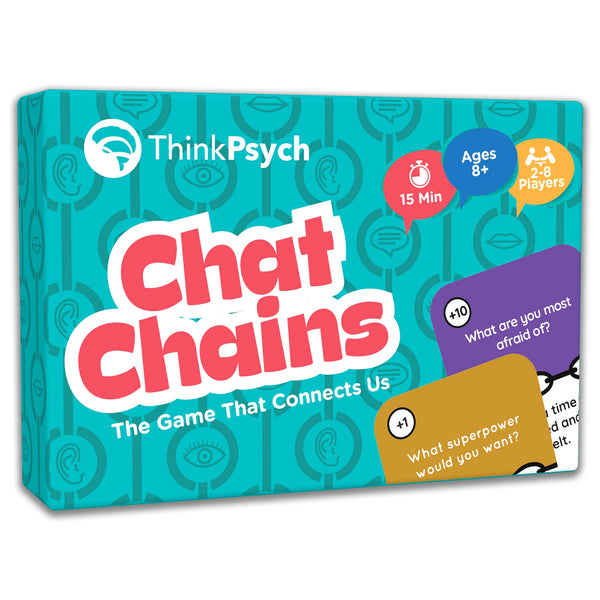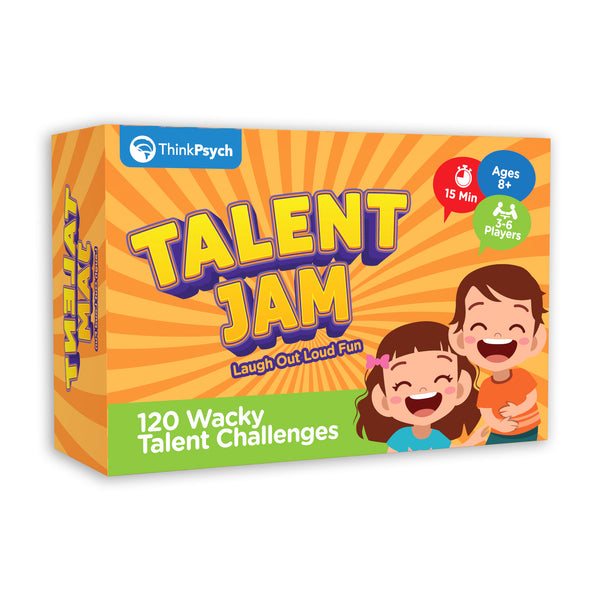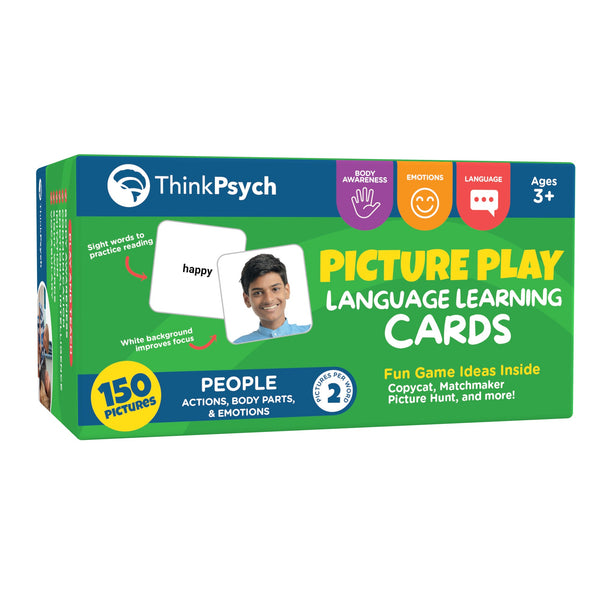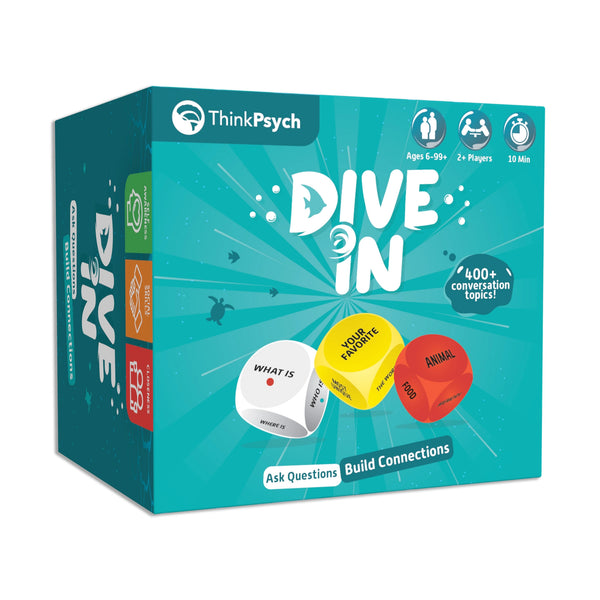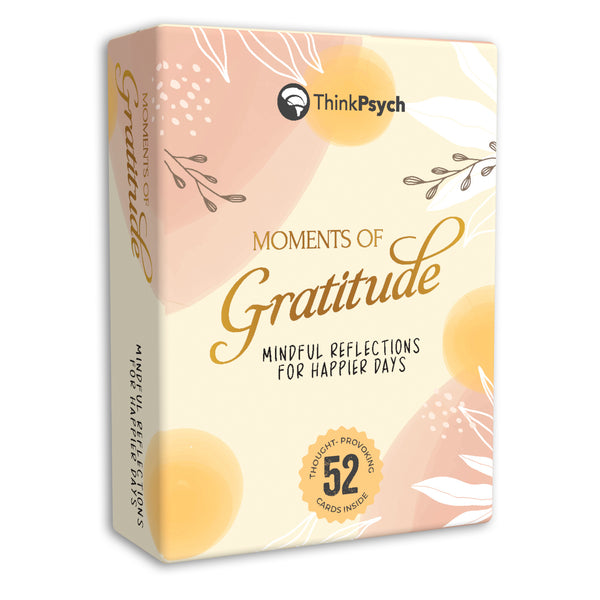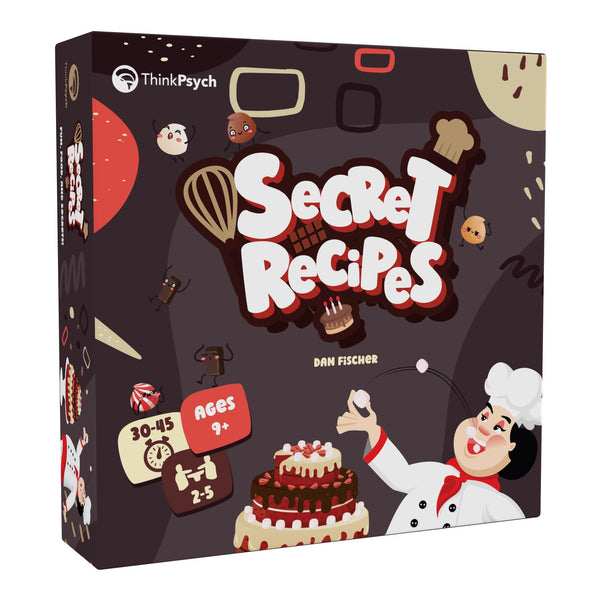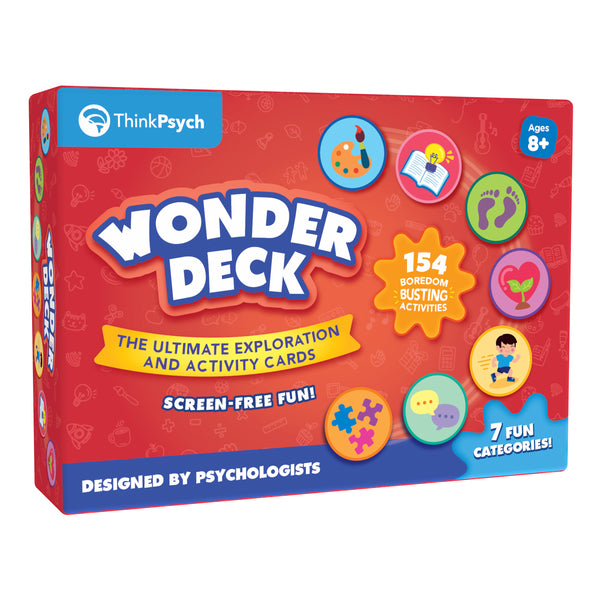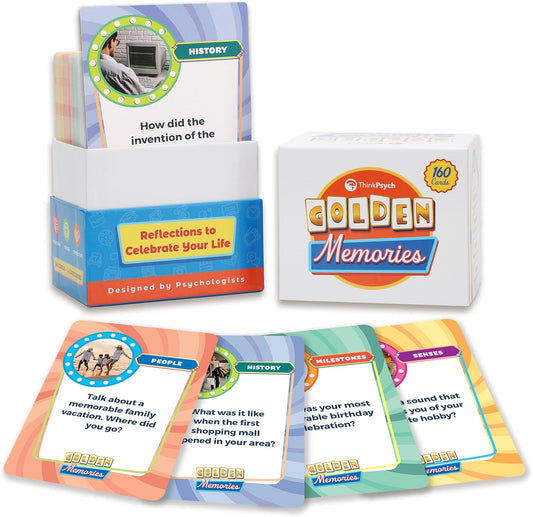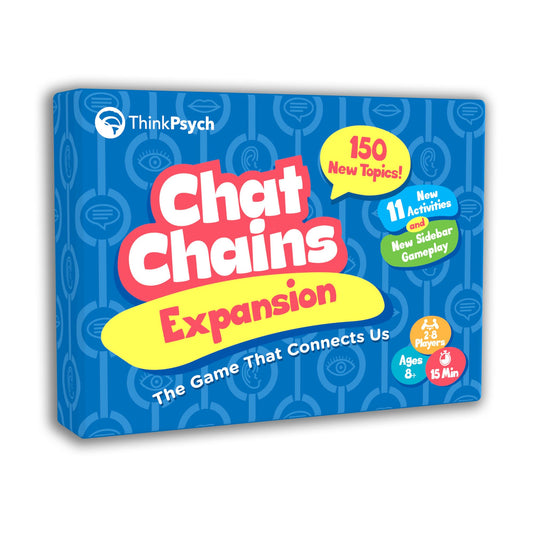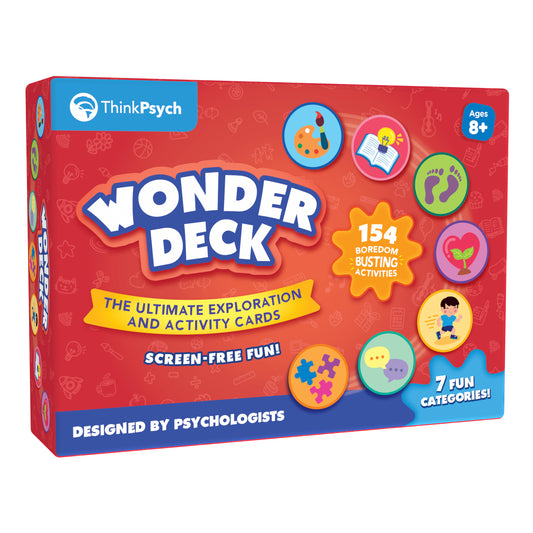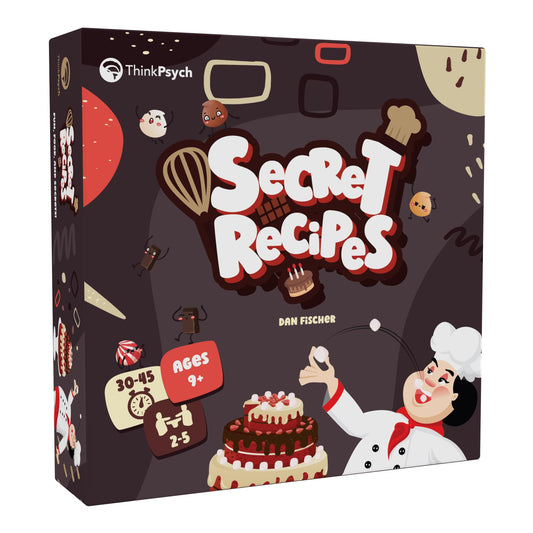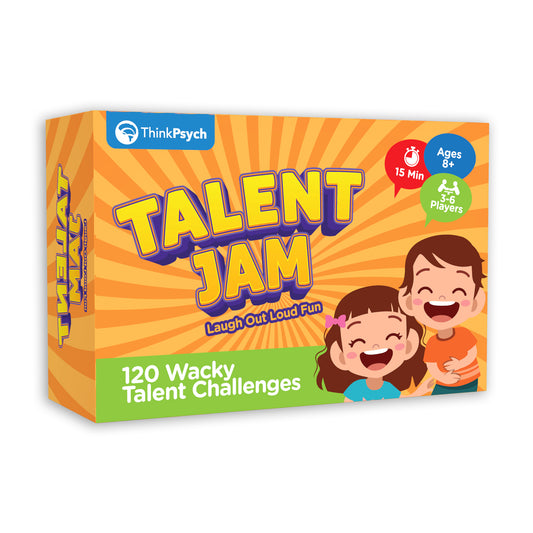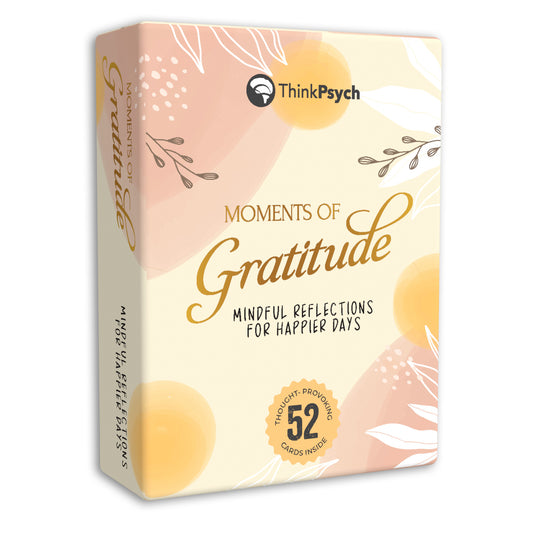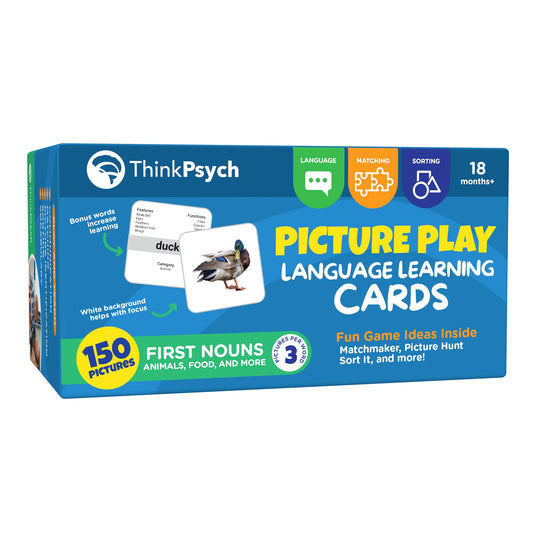
Diverse and Multicultural Activities for Kids
Share
Our world is wonderfully diverse – and our classrooms should celebrate this with multicultural activities for kids.
Ideally, the activities, materials and toys that our kids interact with should reflect a variety of cultures and backgrounds. When kids experience the diversity around them, they learn to respect others and/or feel more confident about their own identity. In turn, this may help prepare them to thrive in our global society.
Let’s take a closer look at the importance of multicultural resources for all kids, as well as some tips for nurturing diversity at home and at school.
What are multicultural resources?
Look around your kids’ daily environment. Do the walls, artwork, books, materials and multimedia show one type of culture? If so, you may not be fostering diversity with your kids.
Multicultural resources are those that depict more than one race, gender, language, ethnic background, religion, sexual orientation, etc. These resources are beneficial for kids of all backgrounds, as they can get exposed to other cultures and/or identify with materials that depict their own.
Why should you use multicultural resources?
Multicultural resources can be a positive force in the classroom. Through these materials, kids can learn about differences and similarities. In addition, they can start to respect and celebrate diversity in their classmates, as well as share their own cultural traditions. Overall, multicultural resources can:
- Build empathy in kids
- Help them form their own identities
- Let kids honor their cultures and see themselves represented
- Boost confidence and encourage kids to share their unique traits
- Become respectful and willing to learn about others
- Foster cross-cultural friendships
Of course, multicultural resources aren’t a magic wand for inspiring inclusion. It’s important to have strategies prepared for successfully using these resources and developing attitudes in the classroom over time.
Customer Favorites From Our Store
Our Picture Play Cards: People set of flashcards is a fun and easy way to teach kids about diversity! We include 150 pictures of people from all over the world to teach kids about actions, body, parts and emotions. Use them with kids in preschool through 2nd Grade. Learn more…
Examples of multicultural activities for kids
Multicultural activities come in many shapes and sizes. Depending on your classroom, you can tailor these resources accordingly. Here are some examples of multicultural activities that every classroom could benefit from:
- Reading children’s stories that promote diversity
- Getting classroom materials that are culturally diverse
- Updating wall art for diverse representation
- Playing games from different cultures
- Listening to music from different cultures
- Learning about different holidays, foods, and traditions
- Teaching songs or stories in other languages
- Doing activities to celebrate differences in skin tone
- Encouraging kids to share their differences and find similarities
- Dispelling stereotypes in the classroom
These are just a handful of options to start nurturing diversity in the classroom. This also goes for diversity in other spaces, such as the home. Toys, books and dolls from a variety of races, languages, cultures and more can expose kids to the reality of our diverse world.
Foster diversity early on
Fostering respect and interest in diversity starts in childhood. As you find ways to promote diversity and inclusion, start with the materials that kids interact with every day. By diversifying art, books and activities, you can create positive attitudes about differences and boost kids’ self-confidence in their own identities.
Encouraging empathy in the classroom takes time, but you can start by enhancing your kids’ vocabulary through our multicultural People Flash Cards. These cards are an example of multicultural-friendly resources for kids!
Don’t forget to check out our other educational games for fostering empathy, too!
References:
- We Are Different, We Are the Same, PennState Extension, https://extension.psu.edu
- Valuing Diversity, National Association for the Education of Young Children, https://www.naeyc.org
- Teaching Diversity, Scholastic, https://www.scholastic.com
- Why Multicultural Children’s Books Are So Very Important, Language Lizard, https://blog.languagelizard.com
- The Importance of Multicultural Literature, SCIS Education Services Australia, https://www.scisdata.com


